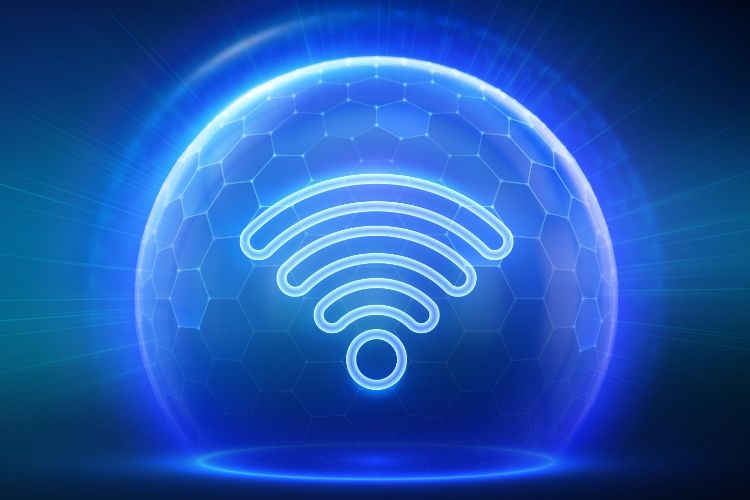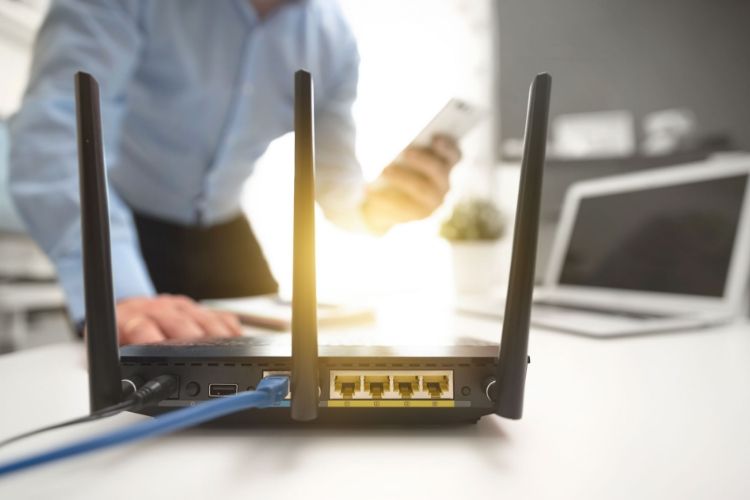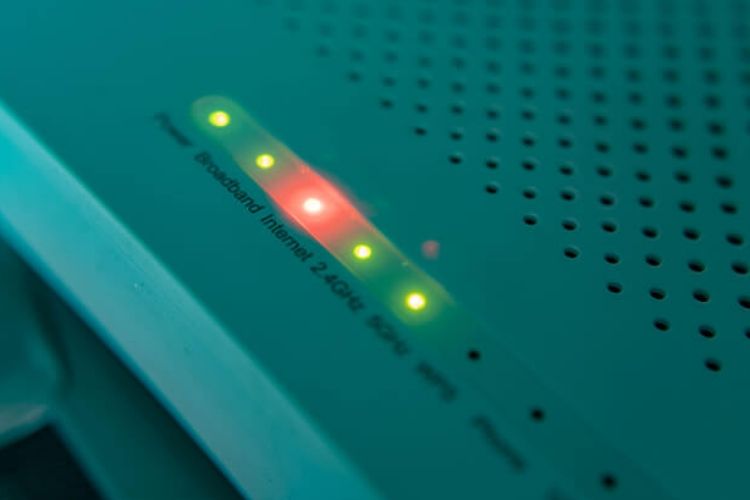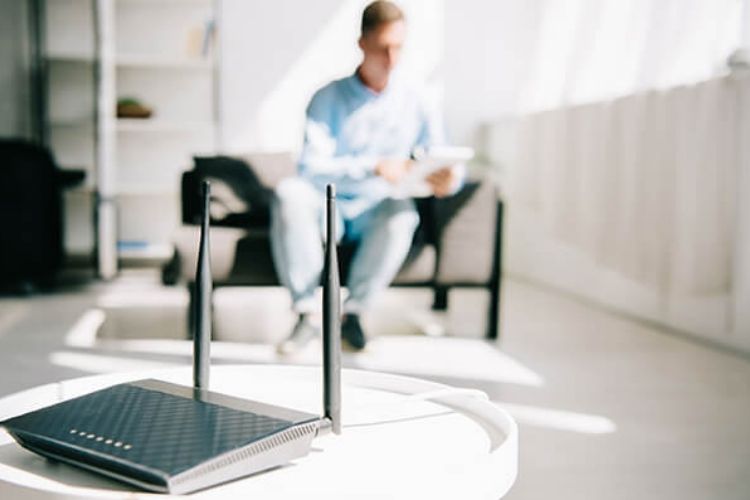Ever wondered how that little box with an antenna and blinking lights connects you to the world? With the latest WiFi technologies, you no longer have to suffer through endless buffering or wait forever to upload a file. WiFi 6, 6E, and 7 offered by top internet providers make home internet faster, more secure, and reliable than ever.
This blog explains the different WiFi technologies and compares their specs to help you decide which router would work best based on your needs.
What We Discovered
- Modern WiFi technology was invented by Hedy Lamarr, an American actor and inventor.
- WiFi 6 and 6E have almost the same specs, with 6E equipped with improved bandwidth and lower latency.
- WiFi 7 employs an Extremely High Throughput (EHT) that delivers an equal bandwidth to each connected device, improving their performance.
The Road that Leads to WiFi-6
The development of WiFi completely revolutionized the world of information technology. With easy access, faster speeds, and reliable connectivity, every major industry rushed to adapt and benefit. The earliest WiFi technology supported speeds of up to 11 Mbps and was mostly connected to PCs. As the WiFi technology improved, so did devices change shape and form. WiFi-enabled mobile phones, laptops, and tech paved its way into our digital environment, and the need for bandwidth and speed grew arm-in-arm.
Did You Know?
The foundations of modern WiFi technology were laid down by a woman! Yeah, you read that right. Hedy Lemarr is known as the mother of Wi-Fi, who developed the ‘frequency hopping’ technology that helped the American military get a better idea of their targets in the WWII.

Wi-Fi 6 was introduced 20 years after its first counterpart, and if you’re into conspiracy theories like us, you might also believe that the pandemic was probably the best time to launch and test this technology.
WiFi 6 took a major jump from the speeds of WiFi 5 that supported up to 3.6 Gbps, to a mighty 9.6 Gbps. Smoothly supporting multiple devices, including smart home systems, simultaneous intensive online activity, and all things imaginable, WiFi 6 has probably got it all. But has it really? Let’s find out.

What is WiFi-6E and Do You Really Need It?
WiFi 6-E is an upgraded version of WiFi 6, with enhanced bandwidth that supports more devices to be powered by a strong connection simultaneously. Previous WiFi technologies employed the 2.4 GHz and 5 GHz frequency bands. WiFi 6E takes the lesser-used road to avoid traffic, quite literally. It uses the 6 GHz frequency, which is less congested and delivers faster data transmission.
In technical terms, whether you need WiFi 6E depends mostly on your online activity, household size, and number of connected devices. However, another major factor is how crowded your neighborhood is. If you live in a rural area with a few populated homes nearby, WiFi 5 or 6 would work well too. But if your neighborhood is packed, having WiFi 6E would give you an edge over them, thanks to its 6 GHz band that delivers despite network congestion.
Moreover, WiFi 6E delivers lower latency and faster speeds, and is a game-changer for homes with multiple IoT devices and users who require internet for intensive online activity. If you play multiplayer online games, stream HD 4K content, and have multiple smart home devices connected, upgrading to this WiFi would be ideal.’
| WiFi 6 | WiFi 6E | WiFi 7 | |
|---|---|---|---|
| Max Speed | 9.6 Gbps | 9.6 Gbps | 46 Gbps |
| Frequency Bands | 2.4 GHz, 5 GHz | 2.4 GHz, 5 GHz, 6 GHz | 2.4 GHz, 5 GHz, 6 GHz |
| Protocol | 802.11ax | 802.11ax | 802.11be |
| Channel Bandwidth | Up to 160 MHz | Up to 160 MHz | Up to 320 MHz |
| Spatial Streams | 8 | 8 | 16 |
| Access Points | Single | Single | Multiple |
| Security | WPA3 | WPA3 | WPA3 |
Top Providers with WiFi 6 or 6E Routers
If your online activities are extensive, you have multiple users and connected devices, and you’re not looking to future-proof your WiFi just yet, WiFi 6 routers will work just right for you. Check out these top internet providers that offer WiFi 6/6e equipment.

What is WiFi 7 and Do You Really Need It?
This is where we step into the future. 4.8x faster internet speeds, 2x greater bandwidth, 20% higher data transmission rate, and an even lower latency; that’s WiFi 7.
Imagine any online activity, and this WiFi will deliver. Although it incorporates the same WiFi bands of 2.4GHz, 5GHz, and 6GHz, this technology comes with an Extremely High Throughput (EHT), providing an equally fast and responsive speed on each connected device without dividing your bandwidth. This is where the mic drops!
Imagine no buffering, zero network congestion, and dedicated power for each device. That really does gear up the home internet experience, right?
Moreover, WiFi 7 employs Multi-Link Operation (MLO) technology, which utilizes all three WiFi bands simultaneously, delivering data at a significantly faster rate. You can practically forget network congestion.
Which brings us to the next question: Do you really need WiFi 7? Realistically speaking, maybe not today. Futuristically speaking: YES!
Even the most glued-to-their-gaming-console-all-day internet users can make do with a WiFi 6 or 6-E router, powered by a fast fiber internet connection. And mind you, your connection type, internet service provider (ISP), and online activity have a lot to do with the performance of your WiFi as well; still, any residential requirement at the moment does not exceed the scope of an advanced WiFi 6 or 6-E router. So why jump on the bandwagon and get WiFi 7?
Here’s why!
Live the Future Today – ISPs that Offer WiFi 7 Technology
While it’s still in its development stage and may not be as widely available, WiFi 7 is the future of home internet. Although most of the residential internet requirements are being met smoothly and successfully by both WiFi 6 and 6E, all you need is to know a few router settings to optimize your network. However, if you like to stay ahead of the race or if your home depends on multiple IoT technologies and intensive internet activity, WiFi 7 might just be the perfect for the years to come.
So, if you’re feeling futuristic, here’s a list of Internet providers offering WiFi 7 technologies.
Frequently Asked Questions
How much speed does WiFi 7 support? ![faq arrow icon]()
WiFi 7 supports speeds of up to 46 Gbps, which is a drastic jump from WiFi 6 and 6E, which support speeds of up to 9.6 Gbps only. While you may not require such speeds for residential internet at the moment, the pace at which technology is evolving, internet usage, and requirements may soon skyrocket, and WiFi 7 is equipped for that.
Is WiFi 7 overkill? ![faq arrow icon]()
WiFi 7 may be an overkill for users with basic internet usage, like checking emails or using social media. However, if you have multiple heavy internet users at home who play online games, work from home, live stream videos, or you have a smart home environment with IoT gadgets, upgrading to WiFi 7 is a practical option.
Does WiFi 7 work with older devices? ![faq arrow icon]()
Yes, WiFi 7 is backward compatible, which means it will work with older devices, including technology built for WiFi 6 and 6E. This means your laptops, TV, phones, or smart home appliances will work just fine with WiFi 7.
Do I need WiFi extenders with WiFi 7? ![faq arrow icon]()
Yes, you might still require a WiFi extender even if you have a WiFi 7 router. WiFi extenders work to eliminate dead zones and deliver consistent speeds at every corner of your home. Routers, no matter their technology, have a limited coverage area, and if your house layout exceeds the square feet coverage provided by the router, you will need a signal booster or extender to get a well-distributed coverage at home.
Table of content
Detailed Provider Comparisons
Free On-Call Consultation
Top Internet Deals
Recent Articles
How to Speed Up Cable Internet?
Discover ways to optimize and improve the performance of your cable internet as recommended by industry experts
Read moreBest Modem for Cable Internet - Complete Guide
Check out our list of best modems for cable internet for optimized internet performance
Read moreWhat is Cable Internet & How is it Different from Others?
Discover all about cable internet and learn how it compares to other connection types
Read moreBest Modem-Router Combos for Cable Internet
Check out our roundup of the best modem-router combos for cable internet for better and solid internet performance
Read more




